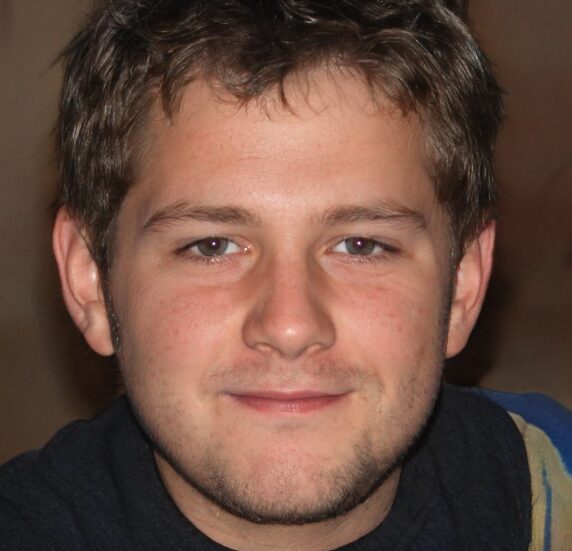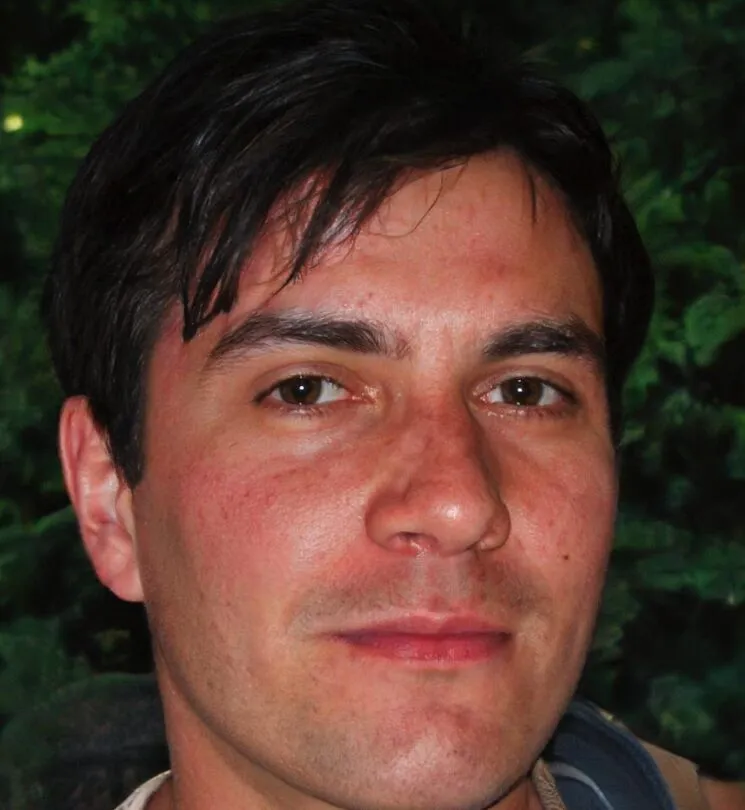Land Your Next Role in 30 Days — Or Pay Nothing
Interactive AI practice, expert guidance & real-time feedback so you walk into your interview 100% confident.
Rated 4.9/5
100% Money-Back
Secure Checkout
One-Time Payment

1
2
3
Interview Stress Ends Here ✋
Most professionals spend weeks guessing what questions they'll face. Mock Interview Pro gives you the exact questions— and shows you how to nail them — in a single evening.

But that's not all – preparing for your interview goes beyond just answering questions. We provide you with a complete roadmap to ensure you're fully prepared for success.
Your Roadmap to Mastering Every Step of the Interview Process
Get ready to ace your interview with a guide designed to turn you into the most prepared candidate in the room. See below a preview of what you'll learn.
Get a comprehensive overview of what hiring managers are looking for and set yourself up for success from day one.
Learn the most efficient way to research companies and develop the right mindset to impress interviewers.
Use our battle-tested frameworks to craft compelling stories and stand out from other candidates.
Develop a compelling elevator pitch that showcases your unique value as a professional in under a minute.

Why Hundreds of Job Seekers Choose Mock Interview Pro
Get the tools and confidence you need to succeed – all in one place.
Real Interview Questions
Practice with 120+ curated industry-specific questions & get AI feedback in <60 sec per response.
Perfect Your Answers Fast
Learn advanced techniques for body language, communication, and handling tough questions with ease.
Step-by-Step Offer-Winning Guide
Access a comprehensive guide covering every aspect of interview preparation – from researching the company to negotiating offers.
Boost Your Confidence
Gain the assurance you need to walk into any interview and leave a lasting impression.
Affordable and Accessible
For just $29, you get a comprehensive solution that's ready to use immediately. No monthly fees, no hidden costs.
Walk In 100% Confident
You will walk into your interview feeling calm, prepared, and confident – no more sleepless nights or second-guessing yourself.
What People Are Saying
Don't Just Take Our Word For It – Hear From Professionals Like You
"Mock Interview Pro made my interview process smooth and stress-free. I practiced with the AI and received helpful feedback to improve my answers. By the time my interview came, I felt confident and ready. I even got the job!"

Andy Brooks
"I was laid off and needed to find a job fast. Mock Interview Pro helped me prepare for my interviews. Landed a great job in just 3 weeks!"

Robert J.
"I've always struggled with interview anxiety. The breathing techniques and mindfulness exercises included in the guide were surprisingly effective. For the first time, I felt calm during an interview."

Olivia Parker
Full access to all practice questions
AI-powered instant feedback
Interview preparation guide
Lifetime access - pay once, use forever
COMING SOON — FREE UPGRADES INCLUDED:
Resume AI Analyzer
LinkedIn Profile Optimizer
14-Day Money-Back Guarantee
Not satisfied? Get a full refund, no questions asked.
🤔 Got Questions? We've Got Answers!
We have gathered all the answers you are looking for, neatly organized just for you.
Is this tailored for all types of interviews?
Absolutely. Mock Interview Pro serves various professions, covering over 10,000 job titles with targeted questions and preparation strategies specifically for each role. Whether you are tackling behavioral questions, technical challenges, or role-specific topics, the platform adapts to your career needs.
Can I use Mock Interview Pro on my mobile device?
Yes, on any device. Mock Interview Pro is fully optimized for mobile devices. You can practice interviews, access the guide, and get feedback whether you are on your phone, tablet, or computer. This flexibility allows you to prepare anywhere, anytime – during your commute, lunch break, or whenever you have a few minutes to spare.
How does the feedback system work?
You get specific, actionable feedback in under 60 seconds. After practicing your response, our advanced AI analyzes your answer and provides feedback on content, delivery, and overall impact.
I have never used an AI tool like this. Is it beginner-friendly?
Extremely easy to use. Mock Interview Pro is designed to be simple and intuitive, even if you are not tech-savvy. You will find step-by-step instructions to guide you through every feature, so you can focus on preparing without stress.
What makes this better than free online resources?
Personalized feedback and curated questions. Free resources often lack personalization and leave you guessing about what is right for your specific needs. Mock Interview Pro provides tailored questions, expert-backed strategies, and personalized feedback – all in one place.